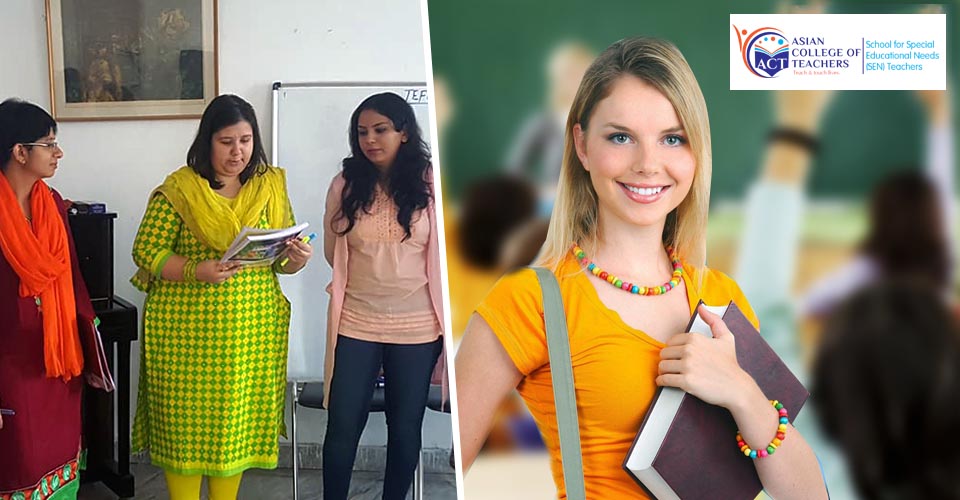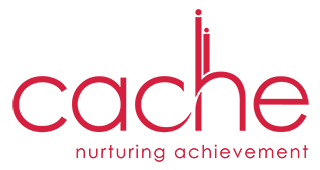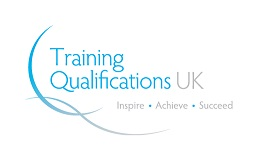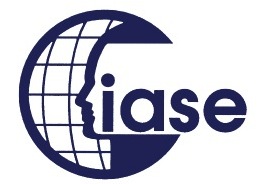How Signposts Are Better To Develop The Creative Potential Of Learners?
25th September 2018

This question is relevant and more with researchers claiming the field of creative learning is still afresh. And accordingly doubts exist as to the validity of some findings but most authorities agree that certain practices can definitely encourage creative thinking. Now that’s relatable when you are deciding to make the specially-abled kids feel secure, safe – after seeking through a comprehensive SEN teacher training course.
Understanding the concept using some of the following examples or practices…
First is less emphasis on conformity – The concept of ‘conformity’ stifle inventiveness and originality at the inception. To stay sure, some amount of conformity or the degree is necessary to affect a cohesive climate when working with groups of youngsters.
Again, the degree of expected conformity is the variable. Creative behaviour demands experimentation, trying new ways and seeking a better way. Finding this better way often must be done in a manner unique to the searcher. To impede him with unreasonable expectations of conformity is set up an obstacle to creative thinking.
For instance, you want the specially-abled kids learn Dyslexia; you need to use different kinds of creative approaches – say flashcards, videos to grab their attention. The reason being simple – these gifted kids learn using the kinaesthetic learning style, where too much of emphasis is laid on the creative learning. Interactivity is better garnered through creative talents.
Second is the scheduling which needs to be flexible – One cannot expect a student to be creative on schedule. Creative energy does not work by the clock. A flexible schedule is needed to provide a classroom climate which is equally conducive to create a thought process which is creative in its senses. Now the moment the creative effort is evident, it may be necessary to cut across the scheduled classes and continue with the same task in hand. If that’s what is impossible then the question is what to do next? Allow ample time during a particular hour in a particular day. The idea in this case is not forcing a student to meet the needs of the schedule, but to acquire the amount of learning in an interactive way.
SEN teacher training courses unmarks the strategic options required to check on or design the flexible scheduling. In this in this routine, the arrangement of posts, - say, posters noting them learn numeric or solve the mathematical calculation. Again, uses of jigsaw puzzle to learn the alphabets or identify the missing words are pre-scheduled by the global educators who are trained in special education learning.
Third is the provision for time – Creative efforts requires time or rather more of the time! The flash of insight that produces the original, different or better product often comes after much pondering or thinking. Creative ideas need time to simmer or to incubate. A learning environment without this time is seldom view the creative flair.
One such example would relate with the assignments or handmade craft works. They definitely take long times – which may take your weeks to finish off. The creative flair to write an essay other than the craft paper works too need long hours, or maybe weeks for kids to brainstorm ideas. The periods in the classes are arranged in such manner. Thereby such theoretical as well as activity based scheduling and time management is well belted in the SEN courses for teachers.
In the end, an advice goes that a pupil should have some time to really consider their individual work potential. This is to put forward their best of efforts while selecting words, or of organising ideas – used to manipulate the imageries – only after they feel it is worth a learn!








